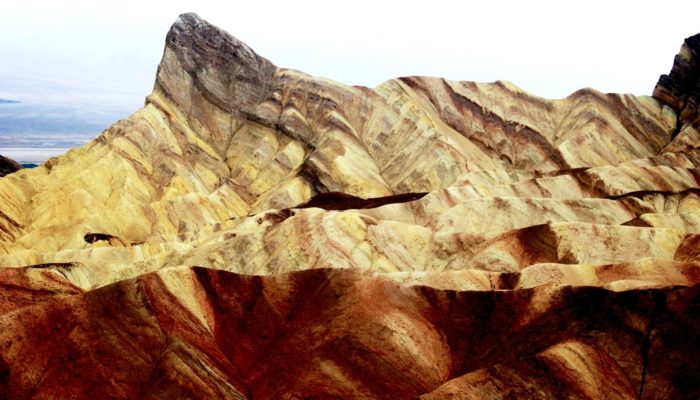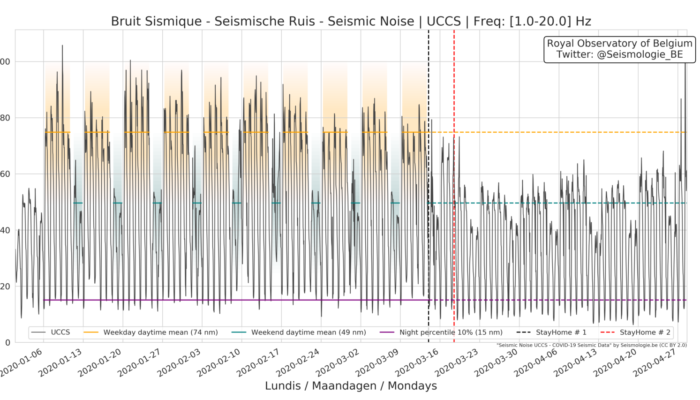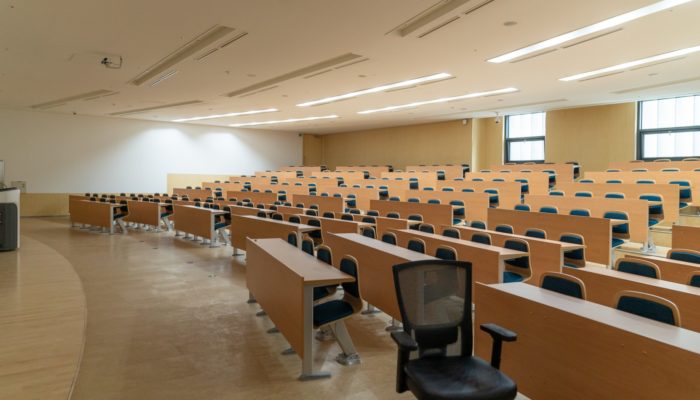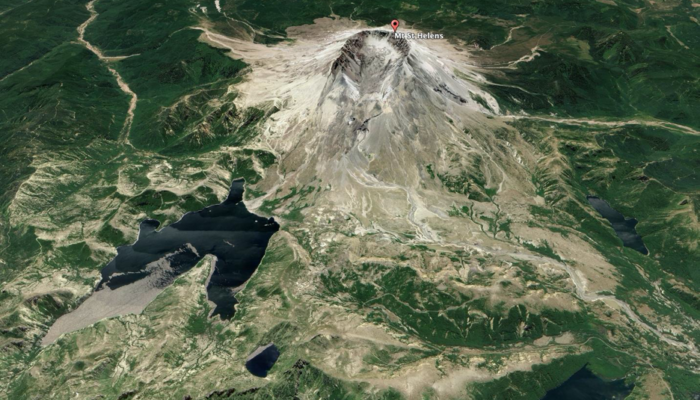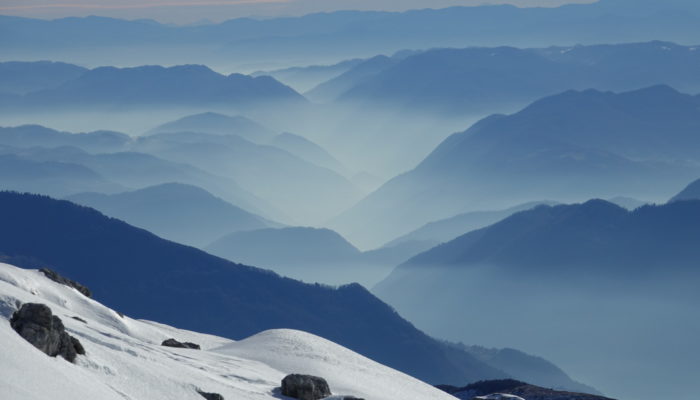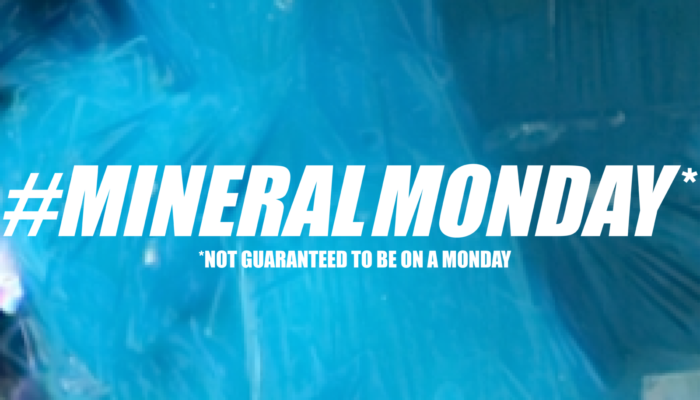The badlands at the Zabriskie Point (Death Valley, California, USA) rest upon a mudstone foundation. In the prehistoric lakes of Death Valley, fine grained sediments were deposited to form soft rocks. The clay minerals in the mudstone are shaped like tiny plates, which helps create the layers. The combination of the almost impermeable mudstone and Death Valley’s low rainfall makes plant grow ...[Read More]
Seismology
Follow up on: “The sound of COVID-Silence”
Dear colleagues, In the last months, there has been a storm both in traditional and social media about the observation that the Covid-19 lockdown measures cause an unprecedented seismic urban “silence”, which is observed globally on many urban seismic stations. It is the first time that such a protracted noise reduction has been observed on a global scale at the same time. To gather all seismologi ...[Read More]
WaterUnderground
Calling on hydrologists to help each other with emergency remote teaching
By Tom Gleeson, Adam Ward, Anne Jefferson, and Skuyler Herzog Amidst the COVID-19 pandemic, many of us are in the same situation: all of a sudden ‘pivoting’ to online teaching, which is probably better called ‘emergency remote teaching’ since few of us have the background, training, and resources to purposefully develop online courses. Fortunately, this response has also catalyzed the open sharing ...[Read More]
GeoLog
Geosciences Column: Thunderstorm asthma, the unexpected impact of lightning storms on pollen allergies.
In October 2015 a series of massive thunderstorms rolled across the Eastern Mediterranean. In the hours and days that followed many people living along the Israeli coast had to go to their nearest medical centre because they were experiencing respiratory problems, which appeared very similar to asthma. But what could have caused these breathing problems? Well in research recently published in Natu ...[Read More]
Cryospheric Sciences
Careers outside of academia
You’ve just finished your PhD or postdoc… now what? Perhaps you’re thinking of a non-academic career, but don’t know where to start, or which skills you need? Up to 70% of scientists move into non-academic careers after graduation (The Royal Society, 2010). But finding useful information and advice is hard. In today’s blog, we summarise the EGU Webinar ‘Careers outside of academia’ which took plac ...[Read More]
Geodynamics
Happy blog birthday!
This week, the EGU Blog Team is authorised by me to buy itself a cake with 3 little candles on top to celebrate the fact that we have been blogging about geodynamics for 3 years! Hooray! We have had a particularly successful year, so let’s have a look at what happened. What did we do? At the start of this blog year, we reorganised how the blog team functions to relieve a bit of the pressure ...[Read More]
Tectonics and Structural Geology
Patience Anne Cowie (1964 – 2020): A Geology Superhero
Welcome to the first post in a new series being hosted on the TS blog! This series “Influential women of Tectonics and Structural Geology” is aimed at highlighting women who have had a key contribution to the field of tectonics and/or structural geology. Patience’s contribution to the field of faults changed the way geologists looked at faults. Her work continues to be used to an ...[Read More]
Natural Hazards
Mount Saint Helens 40 years later – May 18, 1980: for everything to stay the same, everything must change
Vancouver, Vancouver, this is it! Just a few words radioed by volcanologist David ‘Dave’ Johnston on May 18, 1980, to USGS headquarter in Vancouver, Washington State. It was 8:32 a.m., and a few hours later he lost his life during the (in)famous Mount Saint Helens eruption. That day, exactly forty years ago, the eruption of Mount St. Helen upset the world. It all started with a collapse on the nor ...[Read More]
GeoLog
Imaggeo On Mondays: The valley along the fault
The Idrija fault is a an active fault crossing Slovenia for more than 100 km in a NW-SE direction and is responsible for several important geological features in the country. Among them, we can mention the former-active mercury mine of Idrija which has registered as a Unesco World Heritage site since 2012. Another example that demonstrates the impact of this fault is it’s effect on th ...[Read More]
Geochemistry, Mineralogy, Petrology & Volcanology
#MINERALMONDAY: Zdenĕkite, way too pretty to mine
One of the saddest things for mineralogists is to see beautiful minerals crushed to extract their valuable contents, but often, without mining, we don’t get to see these minerals in the first place. Mineral hunters often scrounge around in the big piles of waste rock from mines, because the machines used for smashing up rock do a much better job of exposing minerals than a geological hammer ...[Read More]

